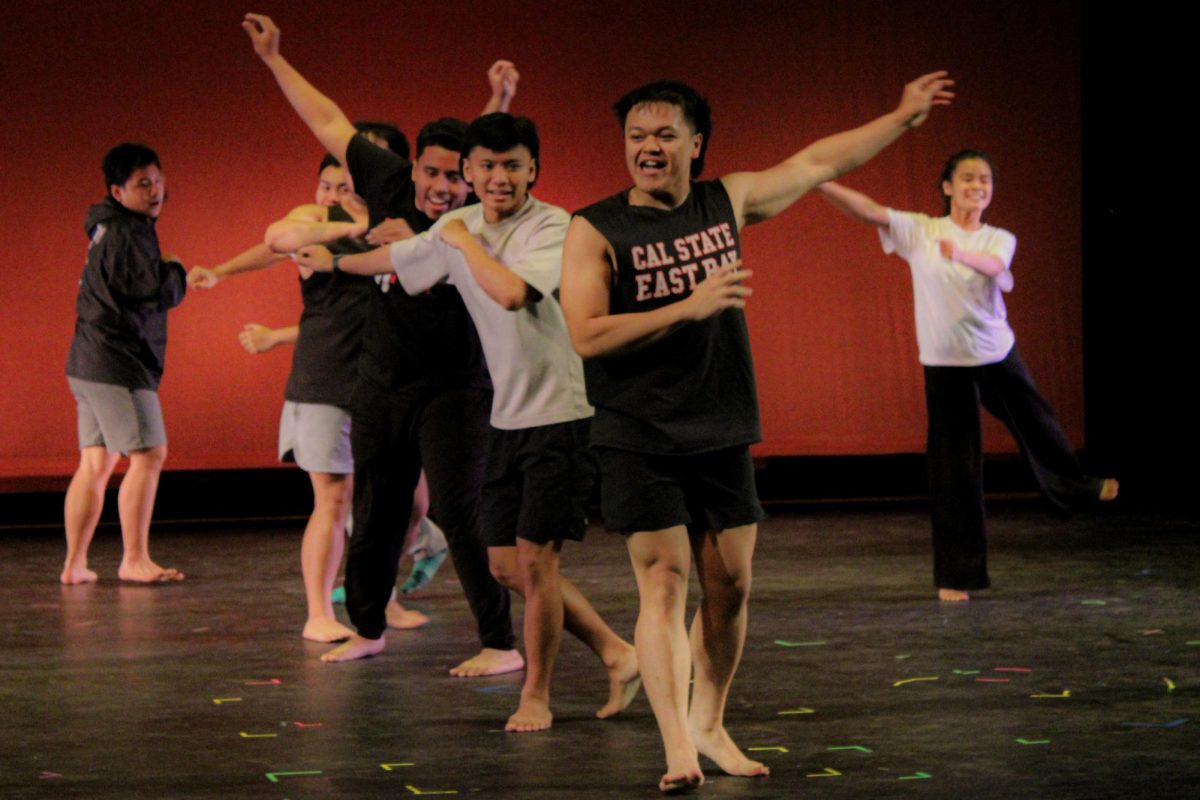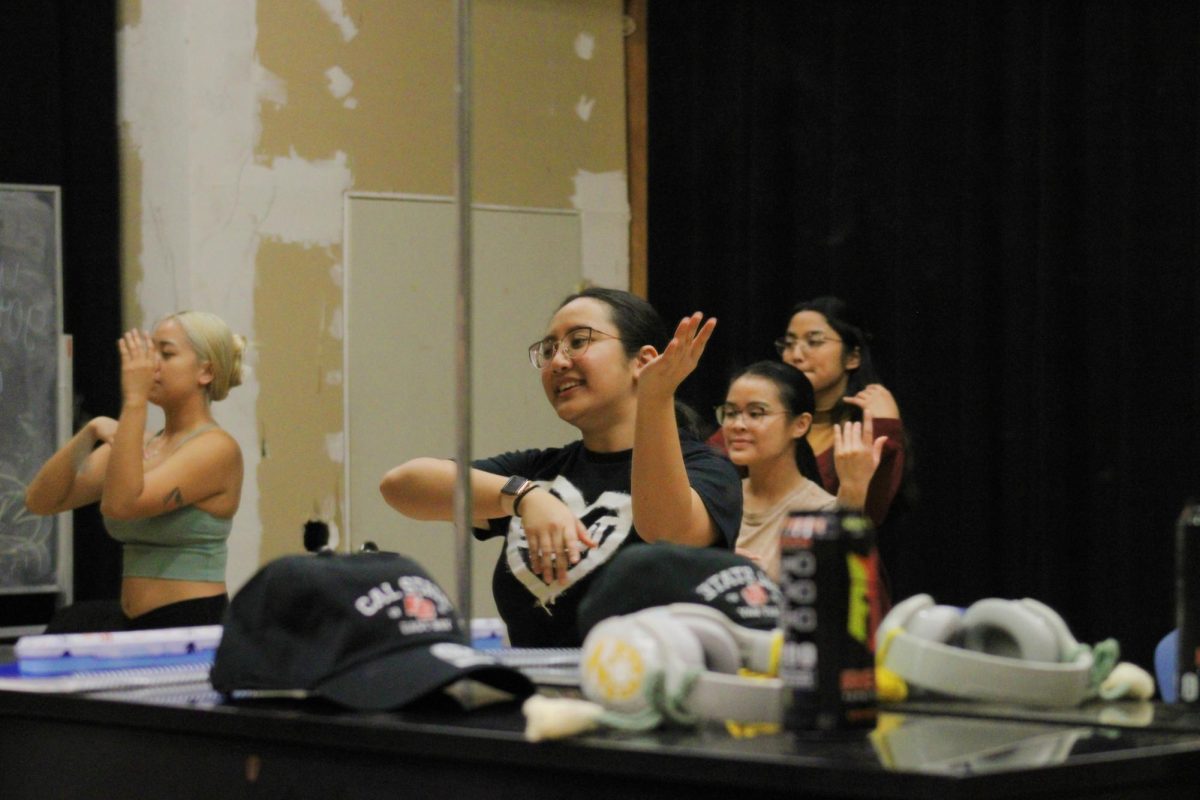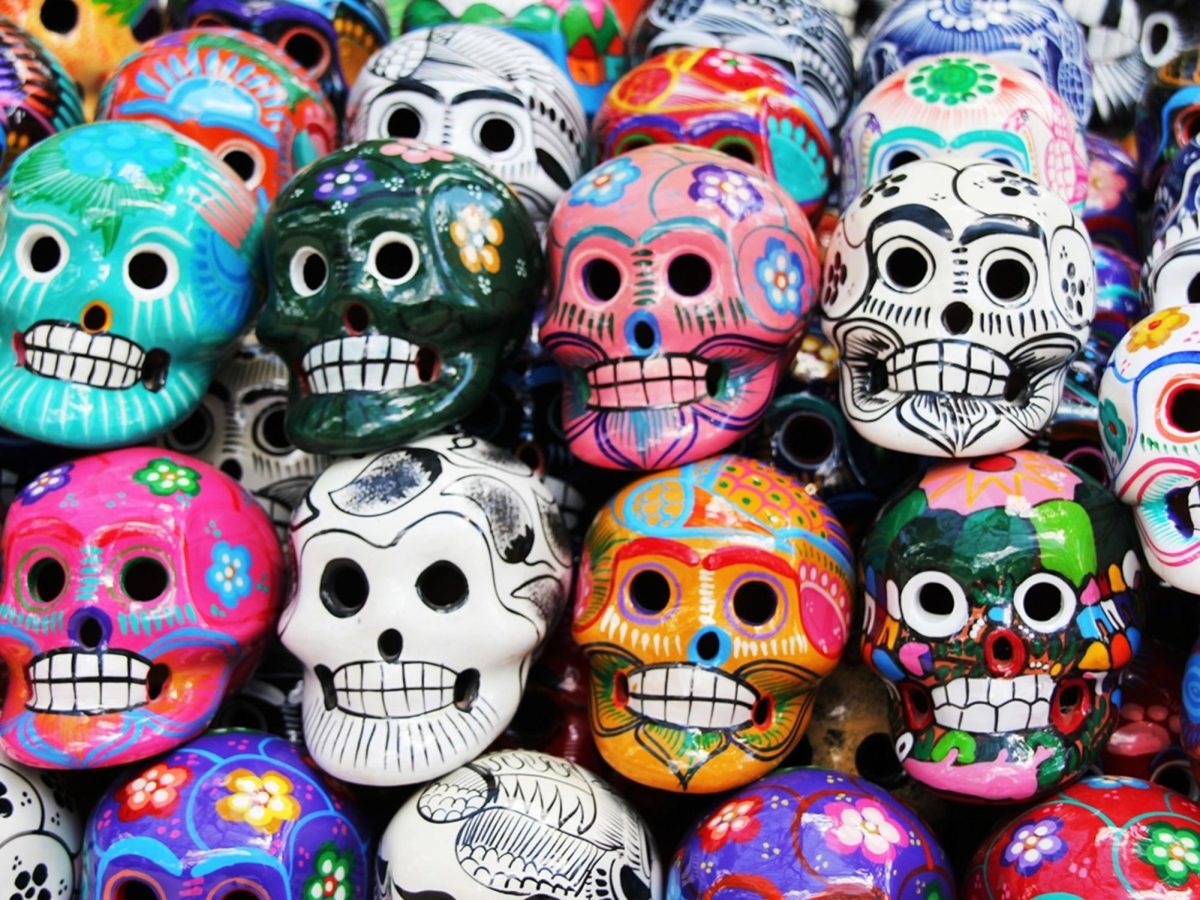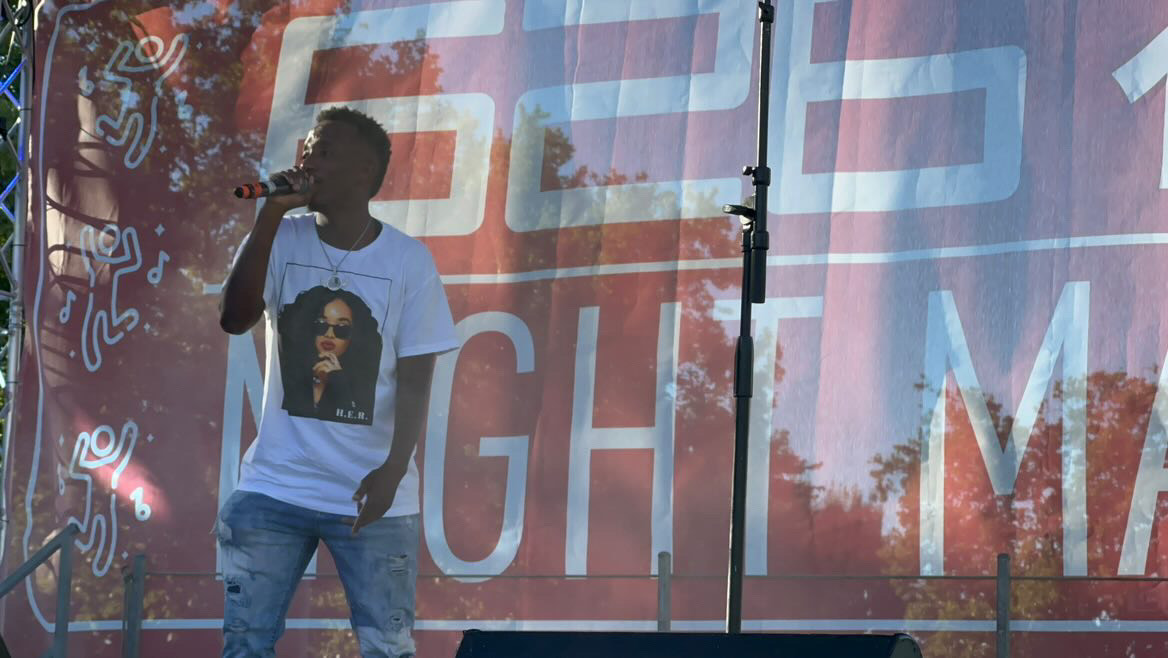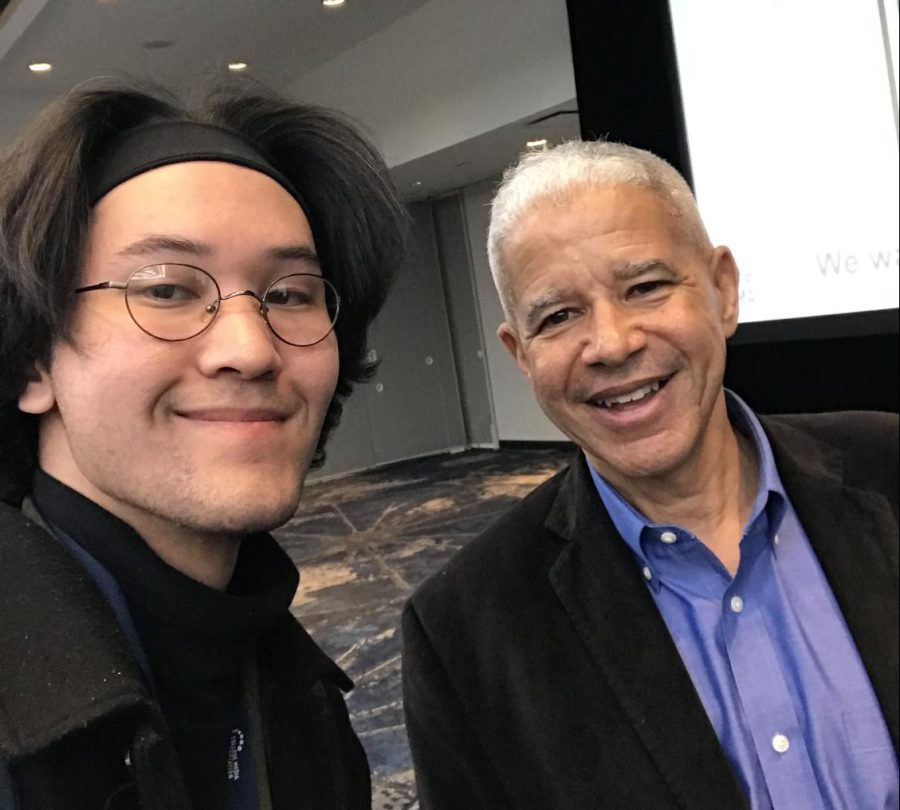By Kim McCaul
Staff Writter
For Bay Area residents who have managed to pull themselves from the reins of gang life, their tattoos may be one of the only things left haunting them. With the Hayward New Start Tattoo Removal Project through St. Rose Hospital, people are getting a second chance at a clean slate.
Since the mid-1990s, the Hayward New Start program has been helping to complete not only the physical aspect of transforming from gang life, but giving former gang members and affiliates the encouragement and support needed to aim their lives in a more positive direction.
The program was created as a service for individuals ages 13-25 who are already actively working on turning their lives around by finishing their education or getting a job. No matter how many tattoos need removing, the entire process is paid for by grants the program receives if the participant completes 50 hours of legitimate community service. In the last few years, the program has opened up the service to anyone looking to remove tattoos for just $50 a session, which occurs every other month.
Cindy Santiago, the Program Coordinator for the past 11 years, sets up the tattoo-removal dates, checks on community service hours and gets to know the patients before and during their treatment, which can take several years to complete.
“They come into my program initially you know, a little har d, with a little attitude,” said Santiago, who in interviewing every new participant tries to see how serious they are. “I break it down to them.”
d, with a little attitude,” said Santiago, who in interviewing every new participant tries to see how serious they are. “I break it down to them.”
Santiago initially came to the program as a patient. Already removed from gang life and dissatisfied with the scarring she was getting from having a tattoo removed at a different place, she came to the New Start program after coming across it in the newspaper.
“I came from the streets, just like anyone else. The tattoo I was getting removed was gang related and it was for safety reasons,” Santiago said.
The program’s original founder and program coordinator, Rocky Villasana, met with Santiago and decided to have her complete her community service hours with him doing paperwork around the clinic. After building a good work-relationship with him, she was told to apply for the position which she did.
Santiago works with just a few volunteers, including Mark Medders, a Physician’s Assistant who underwent training to work with lasers so he could volunteer for the program. Registered Nurse Mariellen Faria from St. Rose Hospital, and Cal State East Bay Hospitality, Recreation and Tourism professor, Dr. Doris D. Yates, also volunteer. Yates refers to herself as “the gang person,” as well as the resident hand-holder.
“I guess for me it’s to see the transformation in the participants as far as the attitudes from when they first come in and as the tattoos are diminishing that they have, just the major difference in their attitude,” said Dr. Yates.
“It makes such a difference in their lives. They appreciate the opportunity to participate in this program. If someone really is going to dedicate themselves to continue to come back, I’ll volunteer and come in to help them,” said Faria.
Reasons for the tattoo removal are not limited to the elimination of gang involvement. White supremacists, abused women, ex-drug addicts who were tattooed while under the influence, juveniles court-ordered to have tattoo removal and many people just needing their tattoos removed in order to find work all come to have their tattoos removed.
At recent tattoo removal session, more than 40 people showed up between 7:30 and 10:00 a.m. at the Eden Youth Center just a mile East of St. Rose Hospital in Hayward. The tattoos ranged from comedy and tragedy clowns to swastikas, dots on the hands or face and the names of former lovers.
Anthony Wolfe, a 31-year-old father of two, had just started the tattoo removal process.
“My lifestyle before was a lot different,” Wolfe said. “I’m into church now. I’m into motivational things, positive environments—a drug-free life. I used to sell dope and do tattoos. I used to do drugs. I used to be involved in gangs. So, it’s just a new beginning in life for me.”
“I’ve been on this path to a drug-free life for three years, but with the whole gang thing, I’ve been working that for like six,” Wolfe continued. “I haven’t sold drugs or done drugs for three years.”
With two boys looking up to him and his tattoos being an art form of interest to them, Wolfe decided to have them removed to complete his transformation.
“I’m trying to influence my sons to the right path in life,” Wolfe said.
Hayward resident Veronica Casillas heard about the program through her ex-husband, who had gotten some facial tattoos removed with the New Start Program. She is now in the process of getting several of her tattoos removed—three of which contain her ex-husband’s name.
“It’s a big chapter of my life closing,” said Casillas. “I can’t wait for them to just be gone and for me to be moved on completely.”
Another participant, a young cosmetology student and mother to a 21-month old girl, spent 50 hours doing community service to have five tattoos removed, including the “Gemini Princess” tattooed the size of a dollar bill on her neck.
The pain is said to be worse than getting a tattoo. But for Hailey Johnson, it’s worth it to give off a more positive first impression to people and to be a good example for her daughter.
“It hurts so bad,” said Johnson. “It feels like somebody pulls back a rubber band as far as they can and let go over and over again and it burns like fire.”
Most participants having tattoos removed stay in the program until the process is complete. One man came back to complete treatment after being shot several times by his former gang for having started the process. Some have come from treatment elsewhere because the New Start Program uses the newest and fastest laser machines to ensure the best results.
“That’s why our equipment is rented, because as the technology advances, so does our equipment,” said Santiago.
Santiago takes pride in what she does. Aside from changing the individuals’ lives, her program is helping the community.
“They are giving back with all the community service. It’s rewarding for them as well,” Santiago said. “It makes them a productive citizen in the community in a positive way.

“The impact that it makes on them is self-work, their dignity. It’s a sense of accomplishment, its progress towards success,” Santiago said.
“Everybody made their internal changes, I’m just helping them with the external.”
Anthony Wolfe is excited to see the external changes match all the work he’s put into himself to make him the man he is today.
“The purpose of what you’re doing here, and the reason why you’re getting the tattoo removed—when we got the tattoos we were really pumped up and wanted to show it off and that took away some of the pain. The same thing here, you think about why you’re doing it and what are the motives of your struggle of trying to go through the pain are and the steps of coming here to remove these tattoos. That kind of sets your psyche so you can deal with the pain,” Wolfe said.
“Everyone in here seems motivated for the same reasons. It’s good that people can come together and do this for the same cause, you know, everyone wants a new start.”





